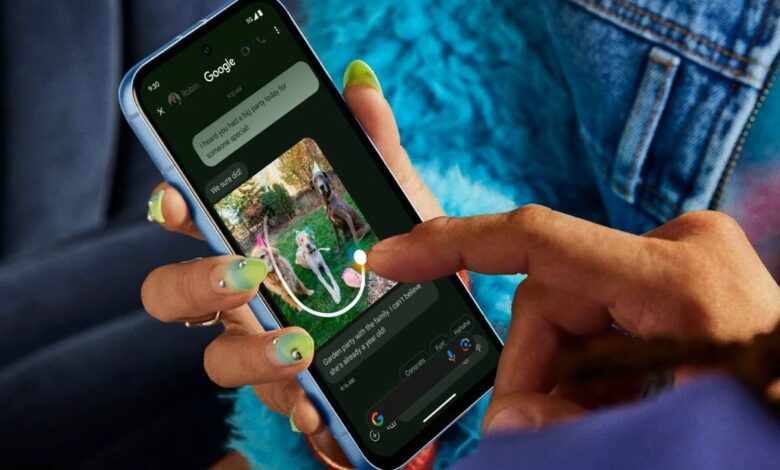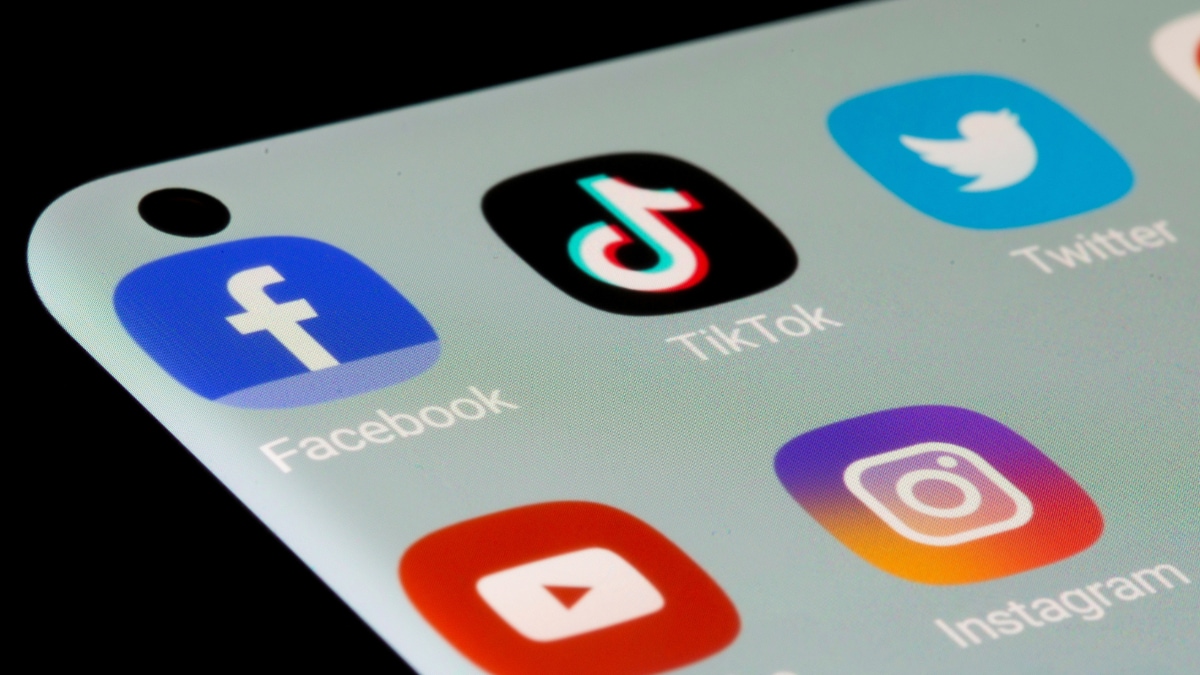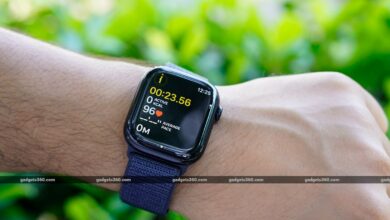Circle to Search is rolling out to these mid-range Samsung Galaxy devices

Samsung is rolling out support for Circle to Search to select Galaxy smartphones and tablets, the company announced on Wednesday. The feature, which lets users quickly search for content on their screen, first debuted on Samsung’s Galaxy S24 series smartphones and the Pixel 8 lineup, before making its way to Google’s Galaxy S series, Galaxy Z series and older Pixel models. The South Korean company confirmed that the feature will be available on mid-range smartphones launching in 2023 and 2024.
According to Samsung, select Galaxy A-series smartphones will be updated with support for Circle to Search. The feature will first roll out to the Samsung Galaxy A55, Galaxy A54, Galaxy A35, and Galaxy A34 later this month. It’s currently unclear whether Circle to Search will be enabled remotely on these phones, or if it will arrive via a software update.
After Circle to Search rolls out to these Galaxy A-series phones, the company will also be bringing the feature to two tablets: the Galaxy Tab S9 FE and Galaxy Tab S9 FE+. Users will also be able to use a Galaxy S Pen while using Circle to Search to look for objects or text on their screen, Samsung said.
![]()
Circle to Search comes to the Samsung Galaxy A55 (photo)
Photo Credit: Samsung
The Circle to Search feature, which launched earlier this year with the Samsung Galaxy S24 series and Pixel 8 lineup, has slowly made its way to other phones. Pressing the home button or navigation pill would reveal an overlay that allows users to draw, scribble or circle over on-screen objects and text to perform a visual search.
According to a recent report, Google is working on an update to Circle to Search that will allow users to scan QR codes on their screen without leaving the current app they’re using. The company’s Google Lens app will allow users to scan QR codes with their camera or by reading an existing image on their phone. The feature was discovered in a beta version of the app in late June and may roll out to users in the future.




